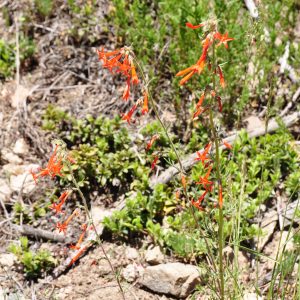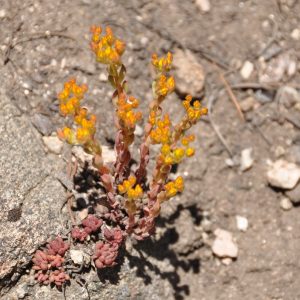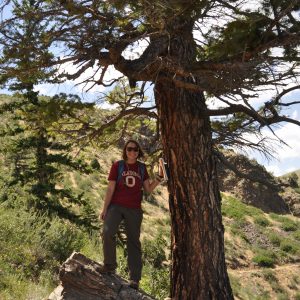I wrapped up my internship at the BLM Colorado State Office at the beginning of December (making this post just a little late…), and after spending the holidays with friends and family in Oklahoma, I am currently procrastinating writing this from the New Hampshire Seacoast. After a few trips between Colorado and Oklahoma to move out of my apartment and pay one last visit to the Rockies, I once again loaded up my hatchback and embarked on a cross-country haul to join my fiance in New Hampshire.
As I renew my efforts to hunt down a job, I can’t help but reflect on how much I learned and really enjoyed my time as a CLM intern. Before this, I had only limited experience doing fieldwork, but after being privileged enough to work in some truly gorgeous places in Colorado, I can’t imagine my life and future career without it. Beyond the simple joys of fresh air and the beauty of nature, as a scientist, I would miss the intimacy that comes with going out into the natural world and really learning what is going on out there. If I learned nothing else from this experience, it would have been worth it for this little epiphany.
It was decidedly not all that I learned, however, and in listing the benefits of my internship, I have to mention my mentor Carol, whose experience, example, and staggering knowledge of Colorado flora taught me more than I can express. I am also grateful to my co-intern Darnisha, who showed me the ropes and was infallibly patient with the questions of which I asked way too many. Though my time as a CLM intern is over, I am still not sure if I believe how lucky I was to spend my first summer out of school traipsing through the Rockies, hungrily learning the names of unfamiliar plants all around me, and stumbling on breath-taking views practically every time I turned around. I sincerely appreciate the opportunity the CLM program gave me, and I am excited to see what new opportunities lay ahead.
Best wishes,
Katherine Wenzell




















